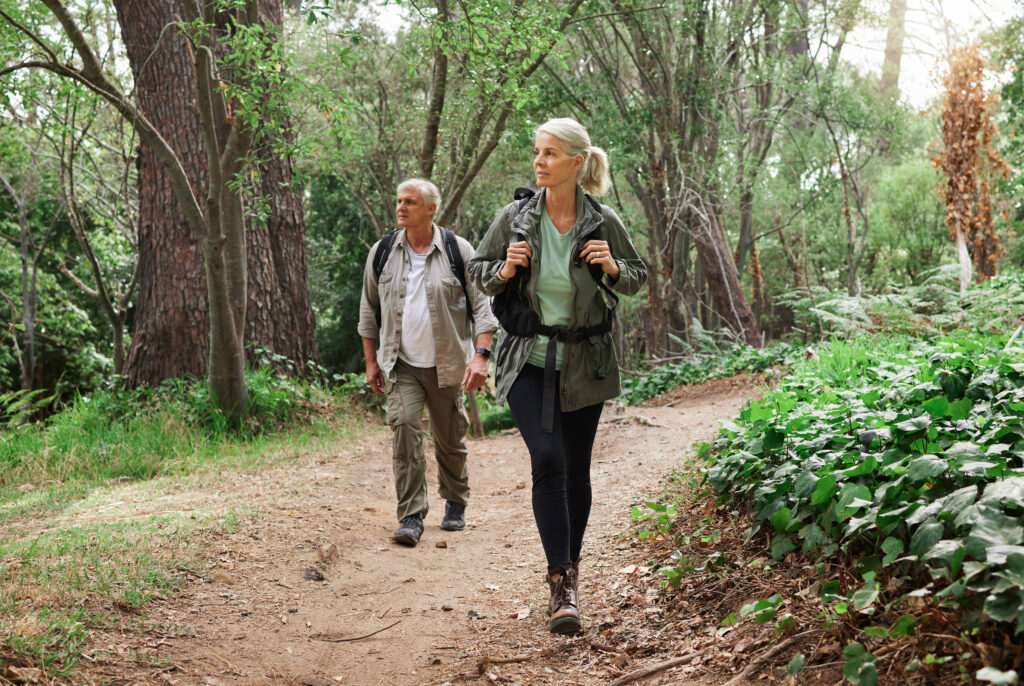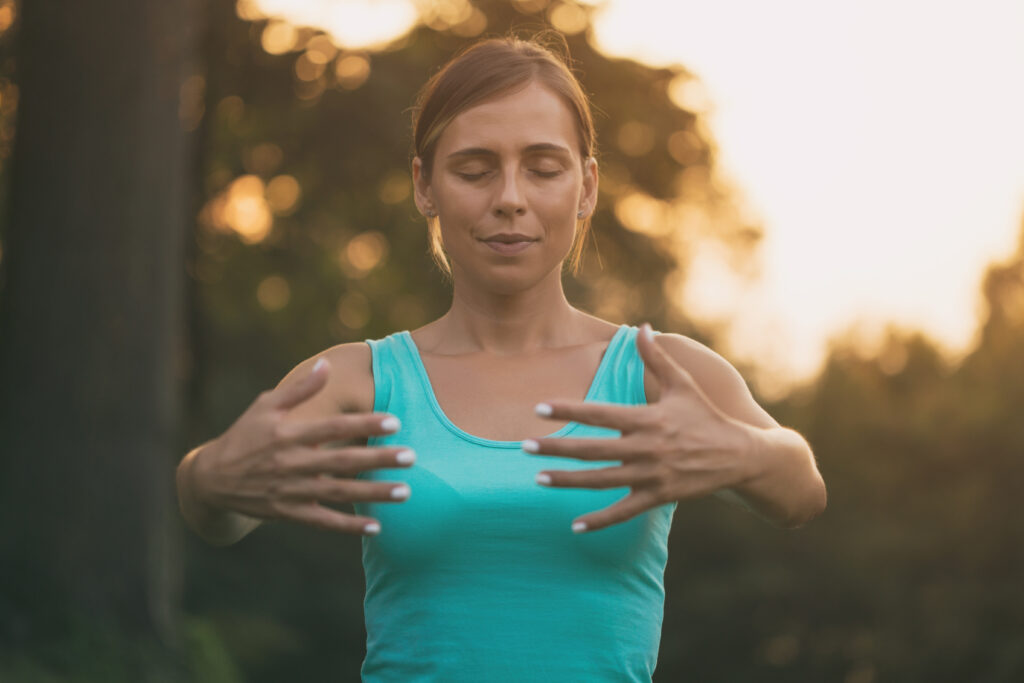If you live with chronic pain, you’ve probably heard the advice: “Try to stay active.” And while that might sound good in theory, it can feel nearly impossible when your joints are stiff, your muscles are sore, and even getting out of bed takes effort.
But here’s what many people don’t realise—low-impact outdoor activities for chronic pain relief can actually be one of the most effective tools in your recovery. Not only are they gentle on the body, but they also calm the nervous system, improve circulation, and boost your mood.
This isn’t about pushing through pain or hitting the gym five days a week. It’s about moving in a way that feels safe, sustainable, and even enjoyable. Let’s take a closer look at why these kinds of activities help—and which ones might be the right fit for you.
Why Low-Impact Movement Outdoors Works
Staying still for too long can actually make pain worse. Muscles tighten. Joints stiffen. And your body becomes less able to handle even basic movements. That’s where low-impact outdoor activities for chronic pain relief come in.
These types of activities combine slow, coordinated movement with just enough resistance to wake up your muscles—without triggering a pain flare. They support your joints, improve flexibility, and keep your nervous system from becoming overloaded.
Plus, being outside offers its own healing benefits: fresh air, natural light, and the calming effect of green spaces have all been shown to lower stress and reduce the sensation of pain.

1. Walking on Nature Trails
Let’s start simple. Walking is one of the most accessible low-impact outdoor activities for chronic pain relief, and it can make a big difference. Walking on soft surfaces like grass, dirt paths, or gravel trails provides enough support while gently engaging your entire body.
You don’t have to go far or fast. Even a 10-minute walk in your local park can help ease stiffness, improve circulation, and clear your mind. Try walking during the cooler parts of the day, and use supportive shoes or walking poles for added stability.
2. Swimming and Water Walking
Water is your best friend when it comes to low-impact outdoor activities for chronic pain relief. Why? Because it supports your body weight, reducing the strain on your joints while still allowing you to move freely.
Swimming laps, water walking, or even light stretching in the pool all encourage full-body movement without the harsh impact of land-based workouts. Cool water can also help reduce inflammation, especially in those with arthritis or fibromyalgia.
If there’s a local outdoor pool, lake, or beach near you, it’s worth dipping a toe in—literally.

3. Tai Chi in the Park
Tai Chi combines slow, flowing movements with deep breathing and balance training. As far as low-impact outdoor activities for chronic pain relief go, this one’s a powerhouse.
It’s particularly helpful for people who experience stiffness, tension, or nervous system sensitivity. Tai Chi improves flexibility, coordination, and body awareness—all without jarring the joints.
Practicing in a park or outdoor setting enhances the meditative aspect, offering peace of mind along with physical relief. Many communities even offer free or low-cost group classes.

4. Gardening with Intention
You might not think of gardening as exercise, but it absolutely qualifies as one of the most therapeutic low-impact outdoor activities for chronic pain relief.
Digging, planting, pruning, and harvesting all involve gentle movements that stretch and strengthen your muscles. Just as important, gardening gives you a sense of accomplishment and connection to the natural world—both of which can positively affect pain perception.
Modify your setup to fit your needs: raised beds, kneeling pads, and ergonomic tools can help make gardening more comfortable and accessible.
5. Paddleboarding (Yes, Really!)
Paddleboarding may sound adventurous, but when done in calm water and with proper technique, it can be a fantastic low-impact outdoor activity for chronic pain relief—especially for your core and postural muscles.
The key is to go slowly. You don’t have to stand if it doesn’t feel stable—kneeling or sitting on the board still provides gentle movement and balance work, all while enjoying the peaceful rhythm of the water.
Stick to calm lakes or bays, and consider starting with a wider beginner board for better stability.
Other Low-Impact Activities Worth Trying
Still looking for the right fit? Here are a few more low-impact outdoor activities for chronic pain relief that may surprise you:
- Birdwatching: Light walking and standing in natural areas help with both mental focus and physical mobility.
- Beachcombing: Gentle movement and sensory stimulation as you explore the shoreline.
- Outdoor yoga: Just a few joint-friendly poses on your deck or in the grass can help release tension.
These don’t have to be formal workouts—just ways to move, breathe, and reconnect with your body.

Tips for Getting Started (and Sticking With It)
No matter which low-impact outdoor activities for chronic pain relief you choose, it’s important to start slow and listen to your body. This isn’t about pushing past your limits—it’s about inviting your body into motion gently and consistently.
Here are a few tips to help you succeed:
- Warm up with light stretches before activity
- Choose the time of day when your pain is lowest
- Avoid direct midday sun; aim for early morning or evening
- Hydrate, wear supportive footwear, and protect your skin
Even five minutes of movement a day can begin to shift your baseline—less stiffness, more energy, better sleep.
Living with chronic pain doesn’t mean giving up on movement. It means finding a new way to move—one that works with your body instead of against it.
Whether it’s walking through the trees, tending your garden, or floating in a lake, these low-impact outdoor activities for chronic pain relief are about reclaiming control, reconnecting with nature, and rediscovering what your body can do.
And if you’re looking for more guidance? I’ve created a program that takes the guesswork out of managing chronic pain—blending science, coaching, and real-life strategies.
Click here to learn more about Off Pain Solutions and how we can help you build a sustainable, empowering pain management plan.
